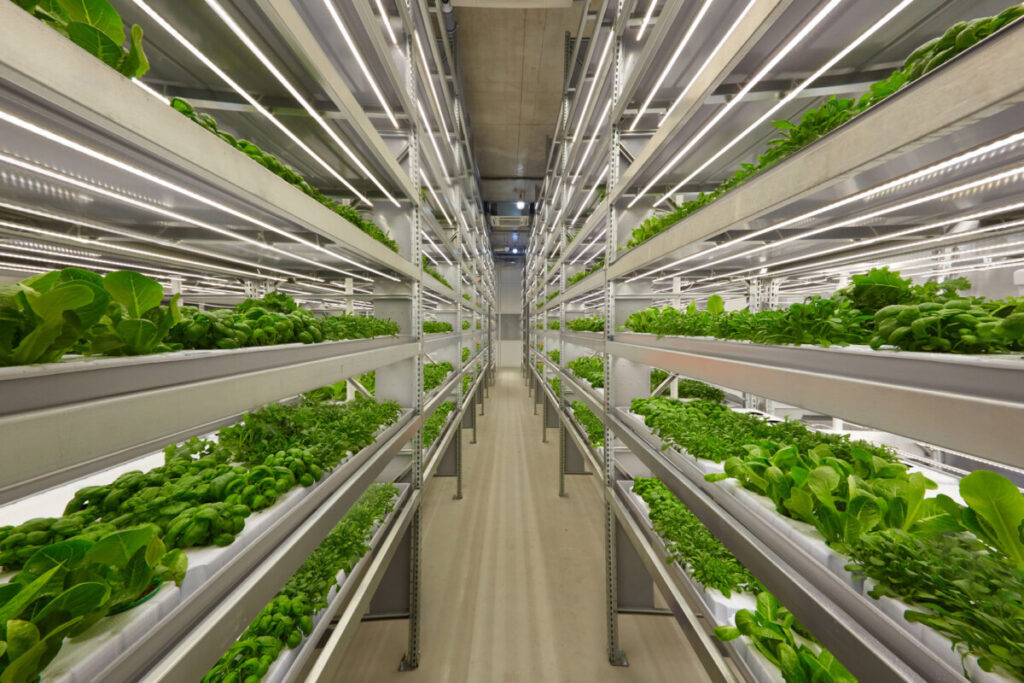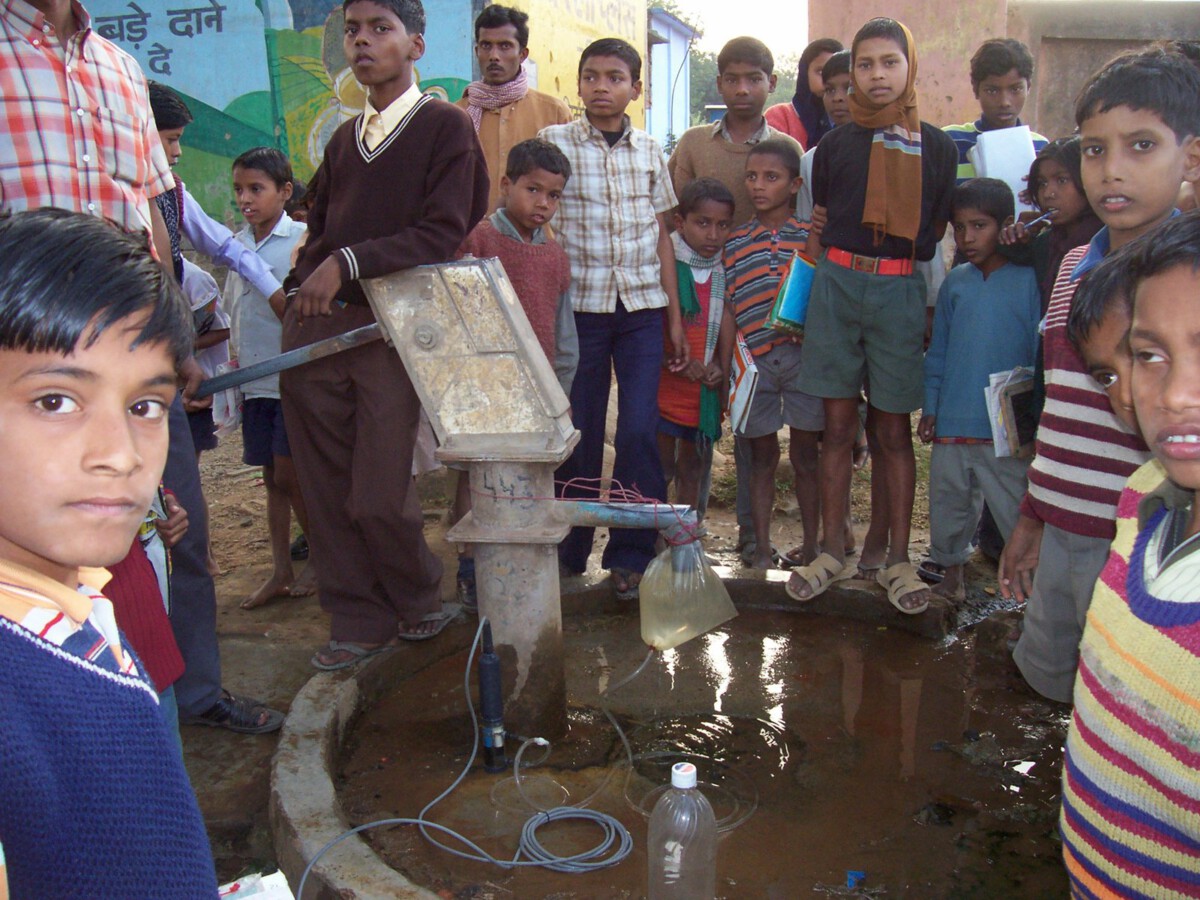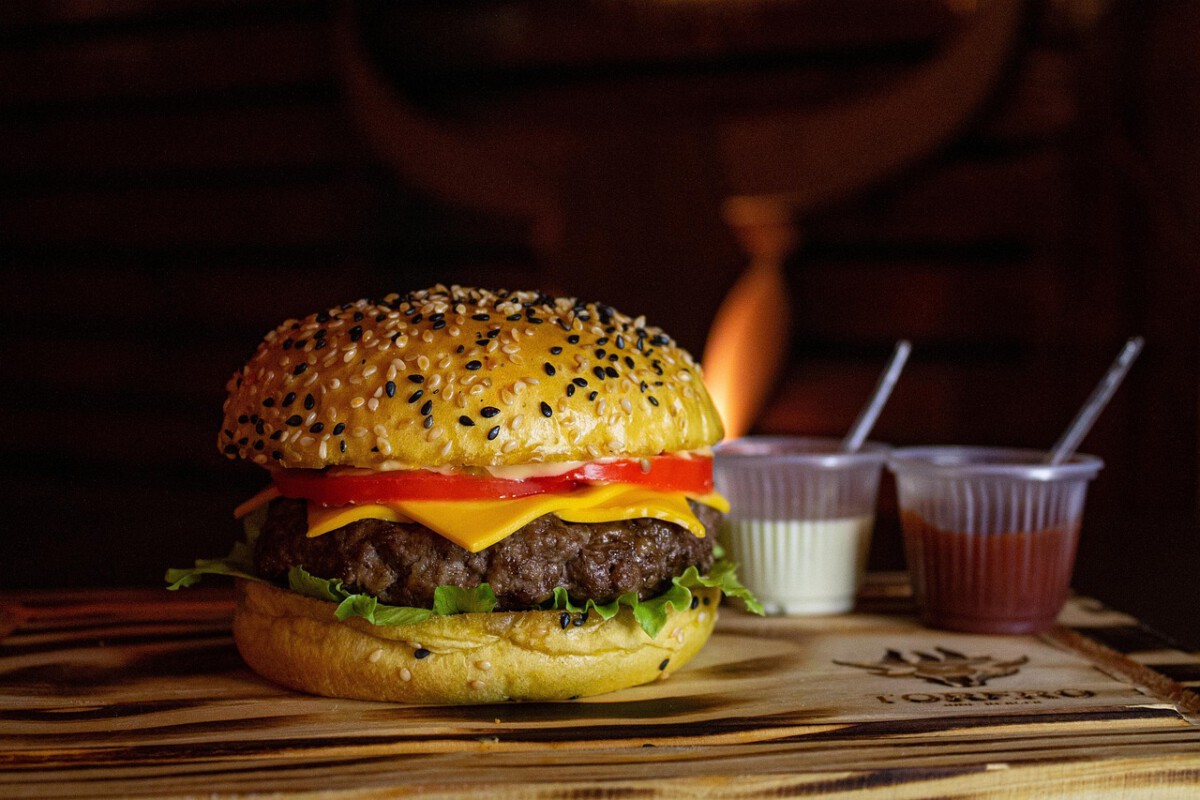The production of food has undergone a metamorphosis in recent decades, with innovative methods taking the stage. These techniques surprise consumers with their creative solutions to challenges in sustainability and ethics. Let’s take a journey through the unexpected ways some of our favorite foods are made.
Lab-Grown Foie Gras
Who would have thought that foie gras could someday be grown in a lab? Traditionally, this delicacy has been the subject of controversy due to the force-feeding of ducks or geese. However, companies like Gourmey are paving the way towards cruelty-free alternatives by growing foie gras from duck liver cells in bioreactors instead. This cutting-edge approach not only eliminates animal suffering but also promises a more sustainable production model, potentially bringing a revolution to fine dining. Lab-grown foie gras is expected to hit the market soon, reshaping our understanding of luxury food. This revolutionary method holds promise for the humane production of traditional delicacies in a manner that respects animal welfare.
Vertical Farming for Leafy Greens
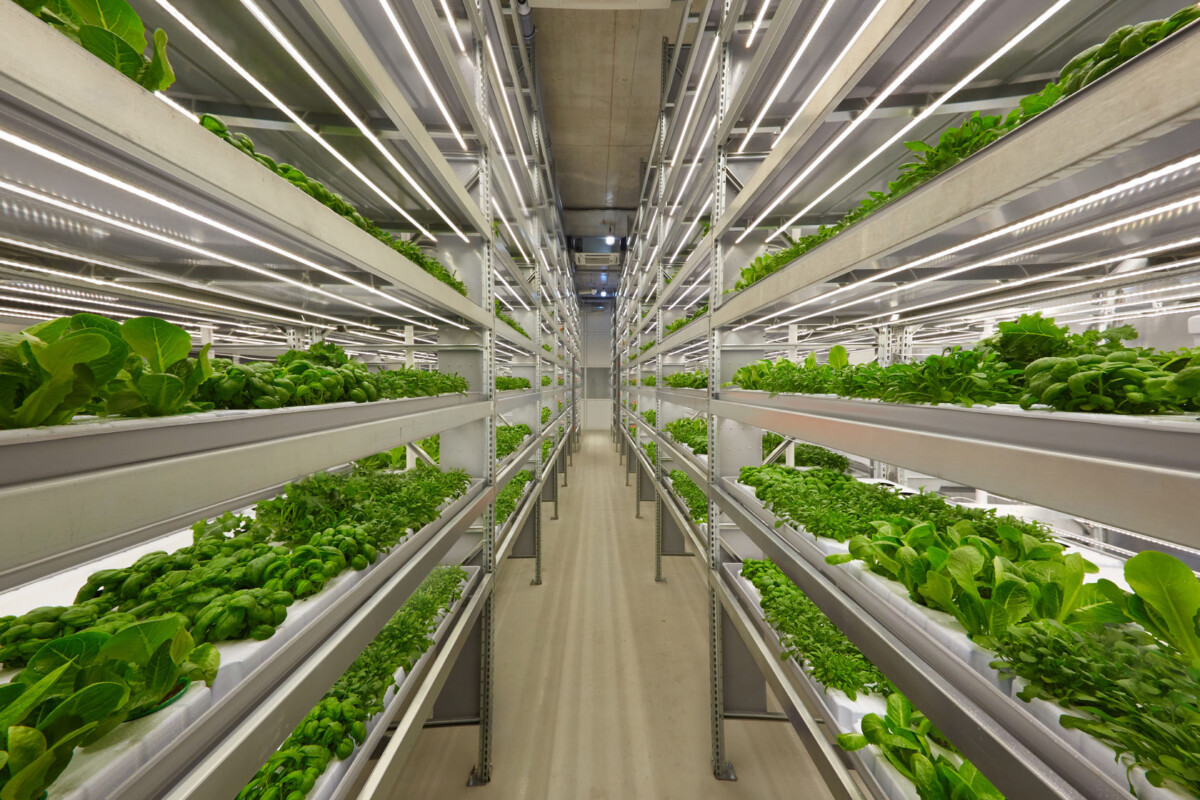
Imagine walking into a skyscraper filled not with people but with crops. That’s vertical farming for you! This innovative method grows plants in stacked layers within urban environments, maximizing space and minimizing resource use. By employing hydroponic systems, farmers can produce lush, leafy greens even in city environments, utilizing less water and ensuring fresh produce year-round. Pest problems are minimized, and the absence of soil allows for precise control of nutrients. The freshness of greens grown through vertical farming is unparalleled, offering cities a chance to support local agriculture without using vast tracts of land.
Single-Cell Protein from Microorganisms
Protein from microorganisms might sound like science fiction, but it’s becoming reality. Single-cell proteins (SCP) are derived from sources like algae, yeast, and even bacteria. These microorganisms are cultivated for their high protein content, providing an eco-friendly alternative to traditional animal farming. SCPs require less land and water while simultaneously reducing waste, quite the miraculous combination! Imagine your next meal coming from algae harvested to help preserve our planet’s resources. SCPs provide proteins such as mycoprotein, commonly found in substitutes for meat. It’s an exciting time for food science, as these methods not only reduce our carbon footprint but also promise nutritious food options.
Electro-Agriculture: Growing Plants in Darkness
A world where plants grow without the sun? Sounds impossible, but electro-agriculture is breaking new ground by using solar-powered chemical reactions to allow plants to grow in darkness. By converting carbon dioxide into acetate, researchers are enabling plants to thrive in conditions previously deemed unfavorable, such as urban settings or even deserts. This groundbreaking advancement could transform global agriculture, making food production possible in areas with little arable land. Electro-agriculture heralds an era where we are not limited by nature’s cycles, ensuring that food can be grown anywhere at any time of the year.
Genetically Modified Potatoes
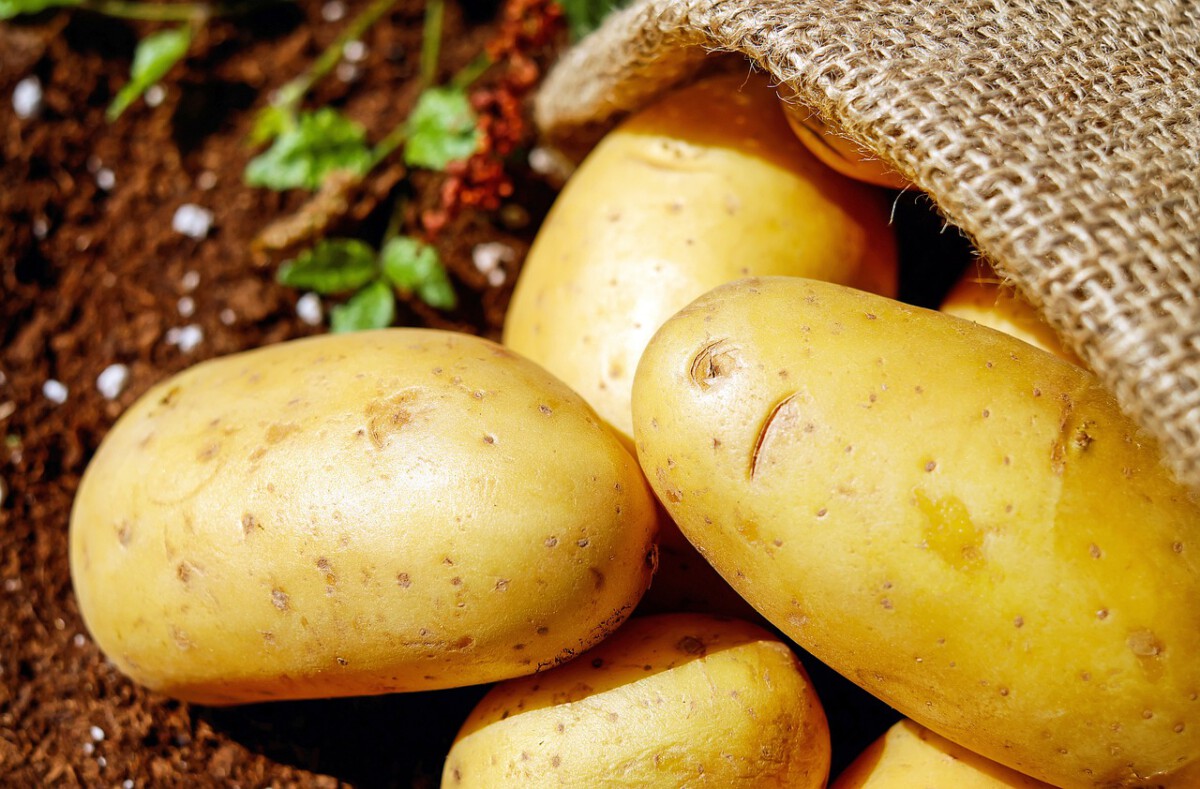
The humble potato has also seen a genetic facelift. Using gene-editing techniques, scientists have created potatoes with enhanced nutritional profiles, reduced levels of harmful acrylamide, and increased resistance to pests. These modifications not only help in reducing agricultural losses but also boost the nutritional value of a global staple food. Whether it’s the potato chips you munch on or the comforting mashed potatoes on your plate, genetic modifications can ensure they are healthier and more environmentally friendly. This represents a significant step toward enhanced food security across the world.
Cellular Agriculture for Meat Alternatives
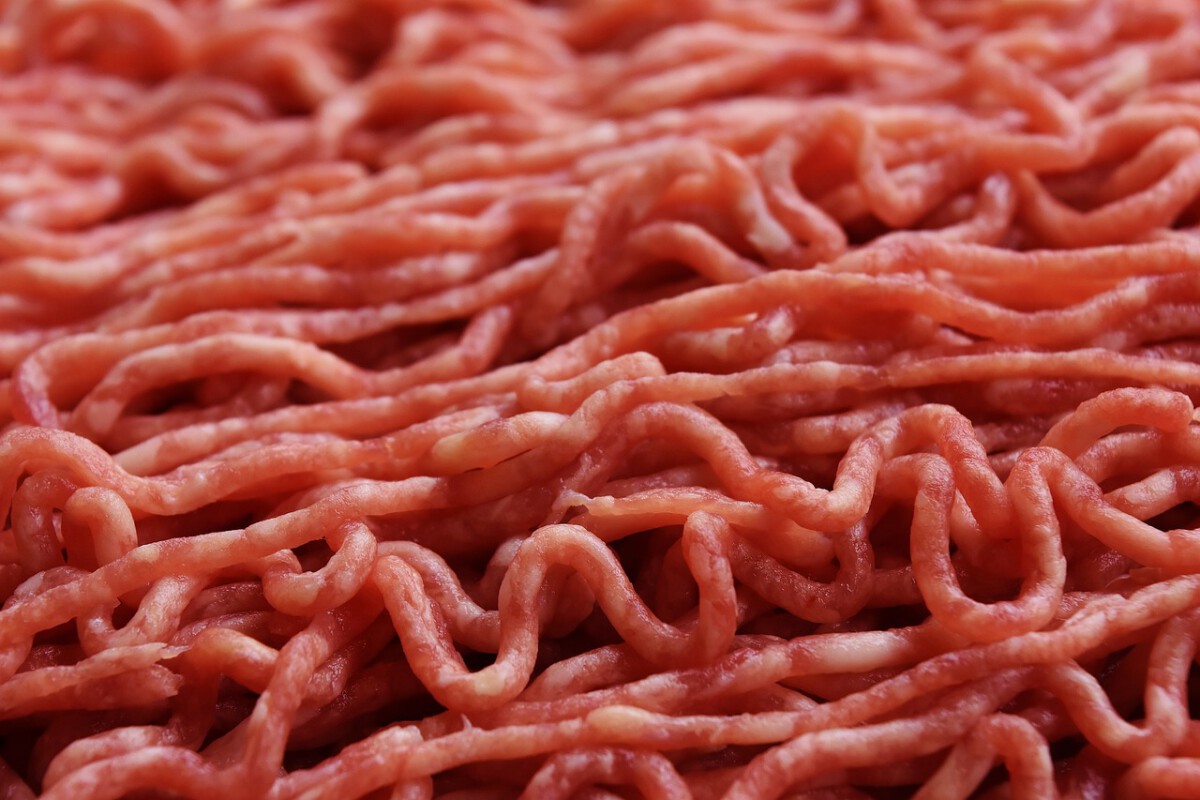
Raise your hand if you’ve tried a plant-based burger lately. Cellular agriculture is pushing the boundaries by allowing us to enjoy meat grown directly from cells, without needing to raise an animal. These cell cultures mimic the texture, taste, and nutritional profile of traditional meat products. Imagine having a chicken nugget that never clucked or a fillet of fish that never swam; it’s a tantalizing taste of the future. These lab-grown meats promise a more ethical approach to consumption while drastically reducing the environmental impact of traditional farming practices.
Non-Targeted Analysis for Food Safety
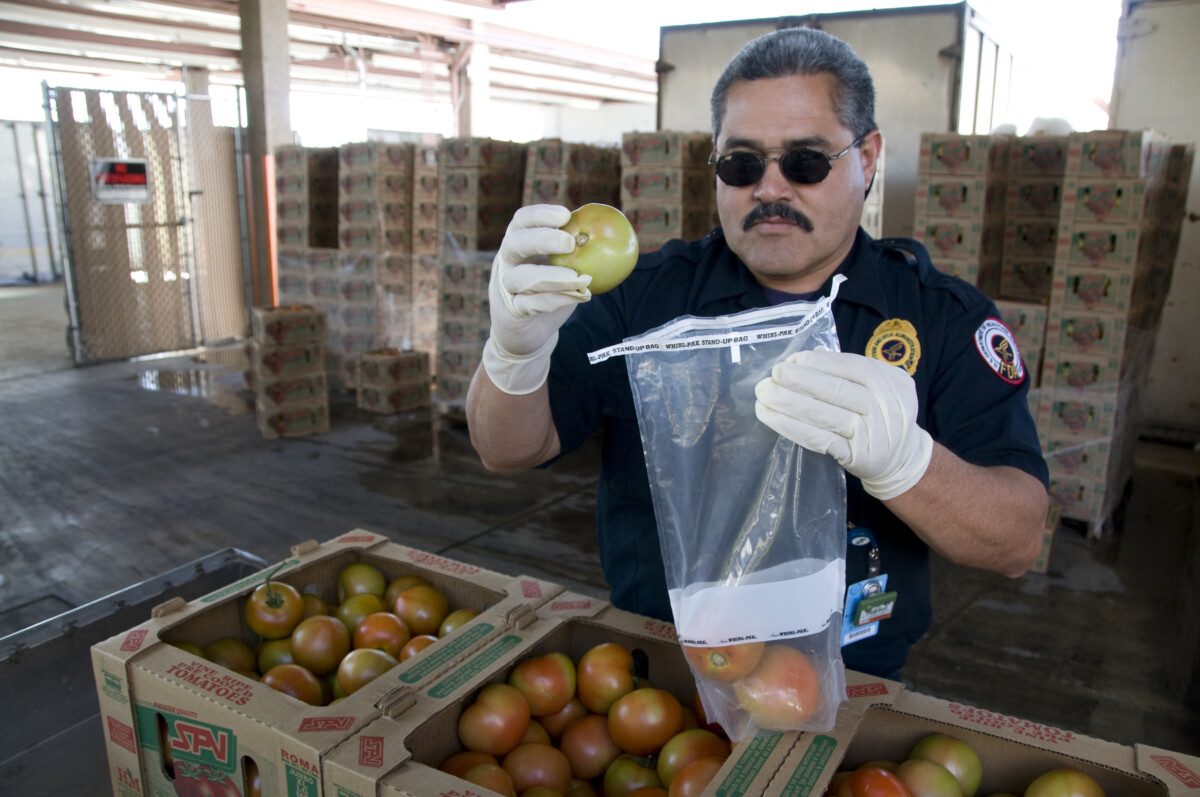
Food safety is crucial, and non-targeted analysis techniques, like liquid chromatography-high resolution mass spectrometry (LC-HRMS), are game-changers. Instead of testing for known contaminants, these techniques identify unexpected pollutants that may be lurking in our food. Enhanced identification processes ensure a significantly safer consumption experience for all, which is crucial in a world where food travels across continents before reaching our plates. With these methods, food safety cuisine could see its own revolution, ensuring that what we eat is not only delicious but also completely safe.
Sustainable Practices in Traditional Agriculture
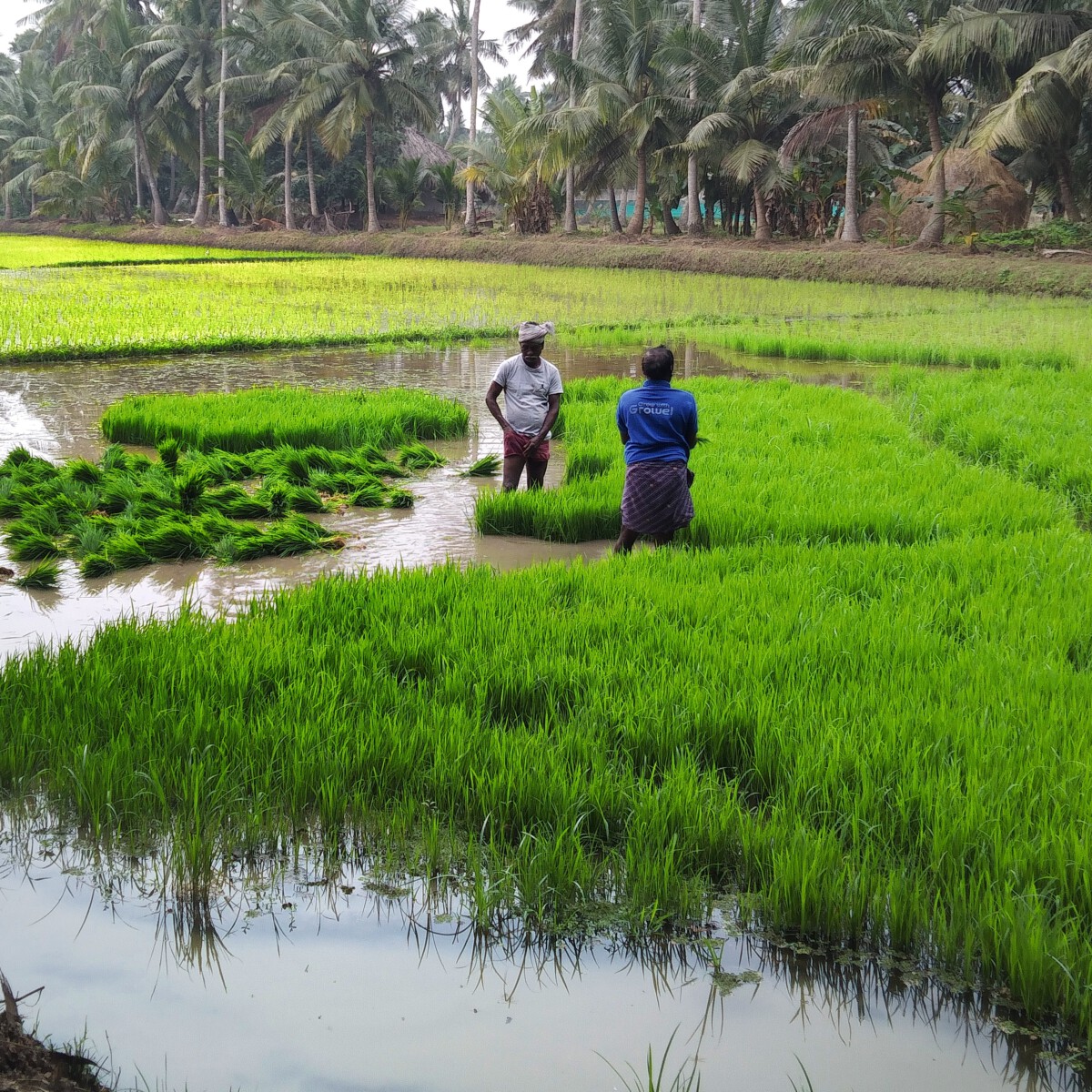
In an age concerned with sustainability, traditional agricultural methods have become relevant once again. Techniques like agroforestry, intercropping, and cultivating drought-resistant crops are being reintroduced to combat climate change and secure food production. By working in harmony with nature, these methods preserve biodiversity and help farmers adapt to changing environmental conditions. There’s a comforting feeling in knowing that sometimes, the old ways are just as valuable as the new. Sustainability doesn’t mean completely transforming our methods; sometimes, it means embracing the past to secure the future.
Alternative Production Methods for Foie Gras

Another humane approach to producing foie gras involves natural processes. Instead of force-feeding, some producers let birds overfeed naturally during migration, while others explore probiotics to mimic the desired fattening effect. These methods satisfy both the ethical connoisseur and the palate, attempting to create a product as close to the original foie gras without ethical concerns. As these methods continue to develop, foie gras may soon shed its contentious reputation, marrying tradition with a compassionate modern twist.
Integration of AI and Robotics in Food Production
Artificial intelligence (AI) and robotics are transforming food production. From planting to packaging, AI-powered robots enhance efficiency and precision in agricultural processes. Robotics reduces human error, optimizes harvesting, and guarantees the swift packing of products. By merging technology with traditional methods, the food industry is gearing toward a more sustainable and efficient future. Robots and AI are not only avatars of precision but also pivotal pieces in the grand puzzle of sustainable food production.
By understanding these exciting developments, we open ourselves to a world where food production becomes more ethical, eco-friendly, and efficient. The fusion of technology and food promises a future where our meals aren’t just sustenance but also a testament to human ingenuity.

